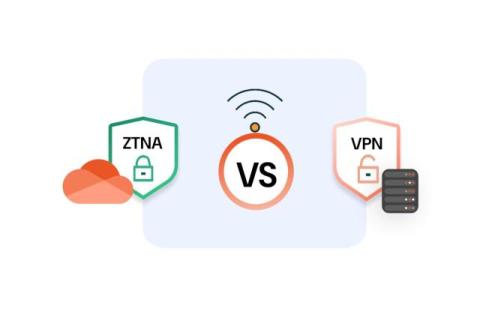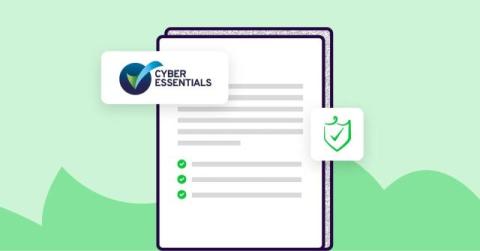What Are Pretexting Attacks: Scam Types and Security Tips?
Have you ever received a text from someone you do not know? Did you become alarmed by the message? Did the message contain information about you and the people you know? Pretexting continues to become part of the global hacker's arsenal of tricks to manipulate their victims. This hack includes clicking on malicious links that can lead to identity threats, financial fraud, and extortion. Preventing pretexting starts security awareness training for users.











